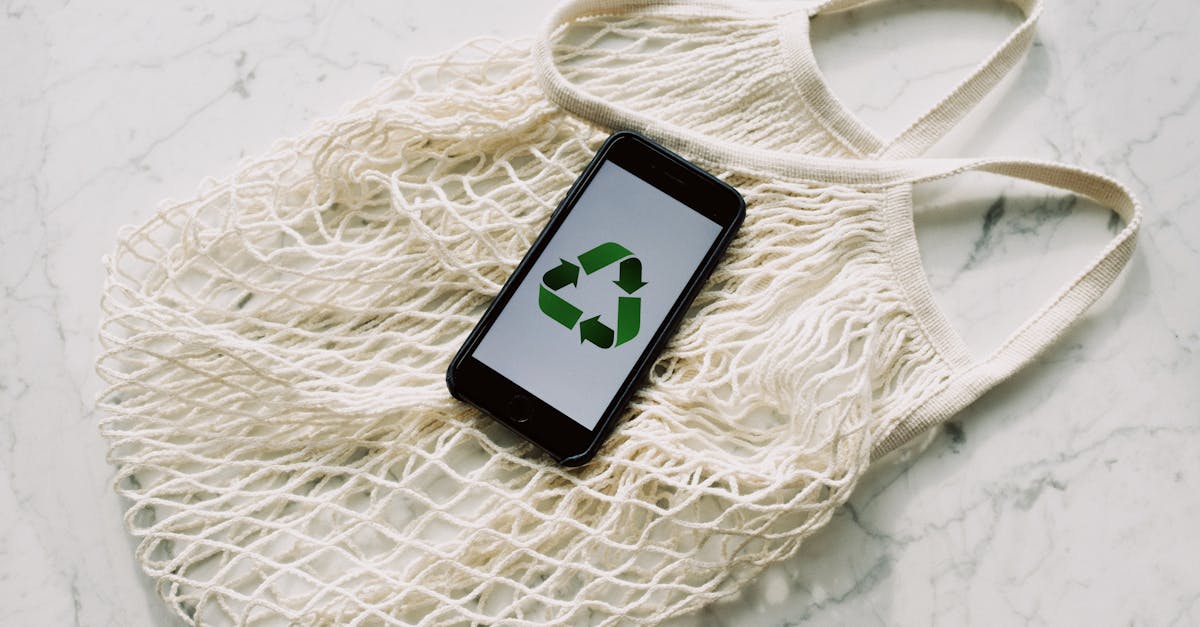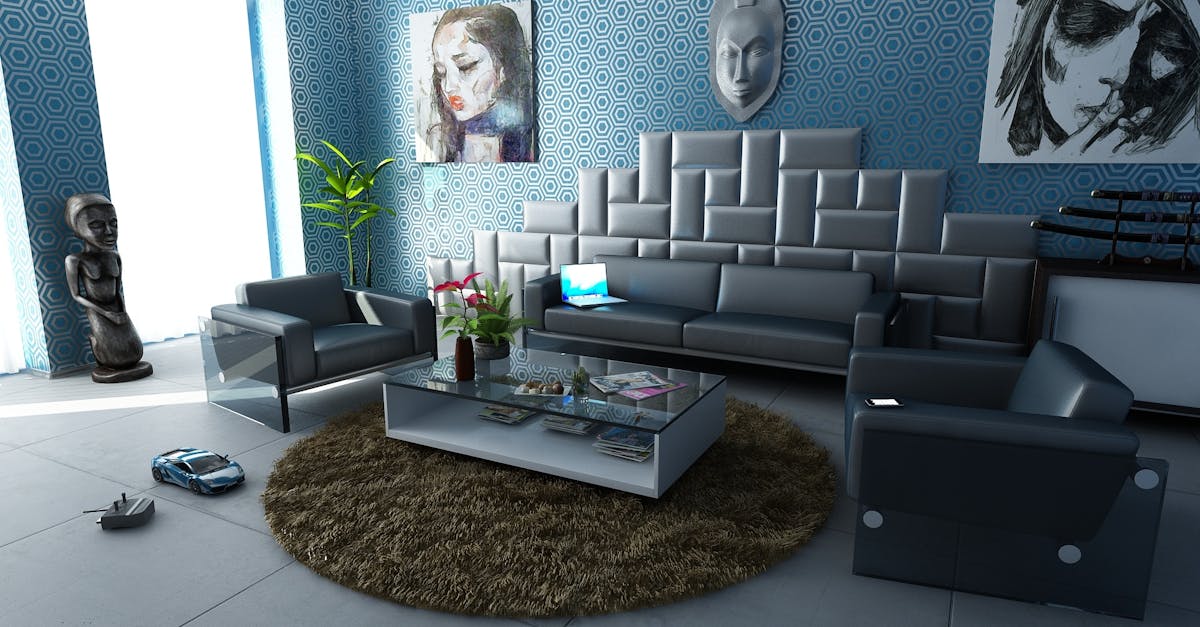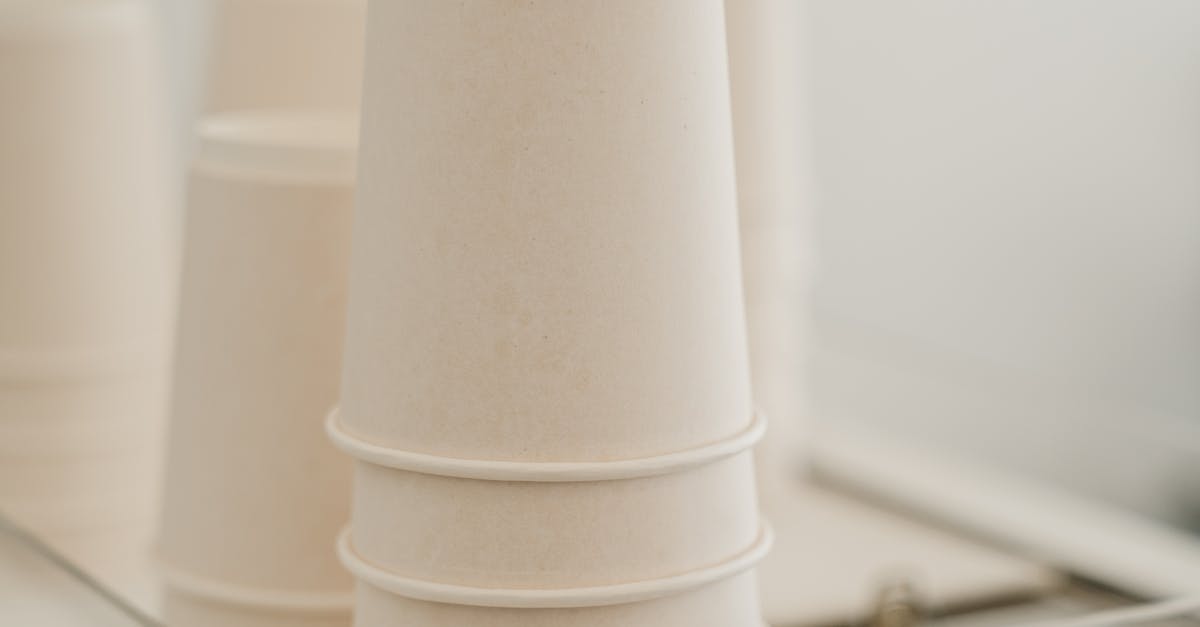
Table Of Contents
Evaluating the Success of Sustainable Design
Evaluating the success of sustainable design is a complex process that requires a multifaceted approach. In the realm of sustainable product design, key indicators such as the reduction of carbon footprint, efficient use of resources, and the overall positive impact on the environment play crucial roles. Companies often turn to metrics such as life cycle assessments, eco-efficiency analysis, and third-party certifications to gauge the effectiveness of their sustainable design initiatives. By incorporating these metrics into their evaluation processes, companies like Sustainable Design Kleinburg can accurately measure the success of their sustainable product design efforts and make informed decisions to drive continuous improvement.
Moreover, the success of sustainable design can also be determined by the degree of innovation and creativity involved in the process. Companies that embrace cutting-edge technologies and materials, engage in collaboration with stakeholders across the supply chain, and prioritize design thinking as a means to address environmental challenges are more likely to achieve long-term success in their sustainable design endeavours. Sustainable Design Kleinburg and other forward-thinking organizations are leading the way by infusing innovation into every aspect of their product design process, resulting in products that not only meet the needs of consumers but also contribute positively to the planet.
Metrics for Measuring the Effectiveness of Sustainable Product Design
When assessing the success of sustainable design in product design, it is crucial to have effective metrics in place. These metrics provide a tangible way to measure the impact of sustainable practices on the overall design process and outcomes. In Sustainable Design Mississauga, for example, metrics such as energy efficiency, recyclability, and use of sustainable materials play a key role in evaluating the effectiveness of sustainable product design. By tracking these metrics throughout the design process, companies can gain valuable insights into the environmental and social benefits of their products. Additionally, metrics for measuring the effectiveness of sustainable product design enable companies to set benchmarks, track progress, and continuously improve their sustainability efforts.
Future Trends in Sustainable Design
Future Trends in Sustainable Design
As the world grapples with the pressing need for environmental conservation, Sustainable Design Mississauga has emerged as a pivotal player in shaping the future of product design. The integration of advanced technologies, such as artificial intelligence and machine learning, is expected to revolutionize sustainable product design practices. By harnessing these innovative tools, designers can optimize material use, minimize waste, and enhance the overall environmental impact of products.
Moreover, the increasing consumer demand for eco-friendly and socially responsible products is driving a shift towards circular economy principles in Sustainable Design Mississauga. Companies are exploring ways to prolong product lifecycles, promote reuse and recycling, and reduce carbon footprints through innovative design strategies. Embracing these future trends will not only enhance the competitiveness of businesses but also contribute significantly to building a more sustainable and resilient future for generations to come.
Innovations Driving the Evolution of Sustainable Product Design
Innovations are playing a pivotal role in advancing sustainable product design practices. From bio-based materials to advanced recycling technologies, these innovations are driving the evolution of the industry. Sustainable Design Kleinburg has been at the forefront of integrating cutting-edge solutions into their product design processes, resulting in a notable reduction in environmental impact and resource consumption.
Additionally, the concept of circularity has gained significant traction in sustainable product design. Companies like Sustainable Design Kleinburg are implementing strategies that focus on designing products with the end of life in mind, encouraging recyclability and reusability. By embracing these innovations, companies are not only reducing waste but also creating a more sustainable and impactful approach to product design.
Case Studies in Sustainable Design
Sustainable design is becoming increasingly prevalent in the business world, with an emphasis on environmental responsibility and long-term viability. One notable example of this shift towards sustainability can be seen in the practices of Sustainable Design Kleinburg. By integrating eco-friendly materials and processes into their product design, Sustainable Design Kleinburg has demonstrated a commitment to reducing their environmental footprint while still delivering high-quality products to consumers.
Another compelling case study in sustainable design is the innovative approach taken by Sustainable Design Kleinburg in their packaging materials. Through the use of biodegradable packaging and recycled materials, the company has shown a dedication to minimizing waste and promoting a circular economy. This proactive stance not only aligns with consumer preferences for environmentally conscious products but also sets a positive example for others in the industry to follow.
Success Stories of Companies Embracing Sustainable Practices
Sustainable design principles are becoming increasingly prevalent in the business world, with many companies taking proactive steps towards incorporating eco-friendly practices into their product development processes. One notable success story in this realm is Sustainable Design Kleinburg, a Canadian company that has championed sustainable practices in every aspect of their product design. By prioritizing the use of recycled materials and implementing energy-efficient manufacturing processes, Sustainable Design Kleinburg has not only reduced their environmental impact but has also gained a competitive edge in the market.
Furthermore, Sustainable Design Kleinburg has also established a strong partnership with local communities to promote sustainability on a broader scale. Through initiatives such as tree-planting programs and educational workshops on eco-conscious living, the company has not only increased awareness about sustainable practices but has also fostered a sense of shared responsibility among consumers. As a result, Sustainable Design Kleinburg has not only become a leader in sustainable product design but has also inspired other companies to follow suit in creating a more environmentally conscious future.
FAQS
What is sustainable design in product design?
Sustainable design in product design refers to the process of creating products that minimize environmental impact, conserve resources, and are socially responsible throughout their entire lifecycle.
How is the success of sustainable design evaluated?
The success of sustainable design is evaluated based on criteria such as the reduction of carbon footprint, energy efficiency, use of recyclable materials, and overall environmental and social impact.
What metrics are used to measure the effectiveness of sustainable product design?
Metrics for measuring the effectiveness of sustainable product design include life cycle assessments, carbon footprint calculations, energy consumption data, waste reduction measurements, and social responsibility indicators.
What are some future trends in sustainable design?
Future trends in sustainable design include advancements in renewable materials, circular economy practices, innovative recycling technologies, and the integration of sustainable practices into digital design tools.
How are innovations driving the evolution of sustainable product design?
Innovations such as 3D printing, biodegradable materials, IoT technology for product tracking, and closed-loop production systems are driving the evolution of sustainable product design by enabling new ways to create eco-friendly products.
Can you provide examples of case studies in sustainable design?
Case studies in sustainable design showcase successful implementation of sustainable practices by companies across various industries, demonstrating the benefits of incorporating sustainability into product design and manufacturing processes.
What are some success stories of companies embracing sustainable practices?
Success stories of companies embracing sustainable practices highlight how businesses have achieved environmental and social goals through sustainable product design, leading to improved brand reputation, cost savings, and positive impacts on the planet.






